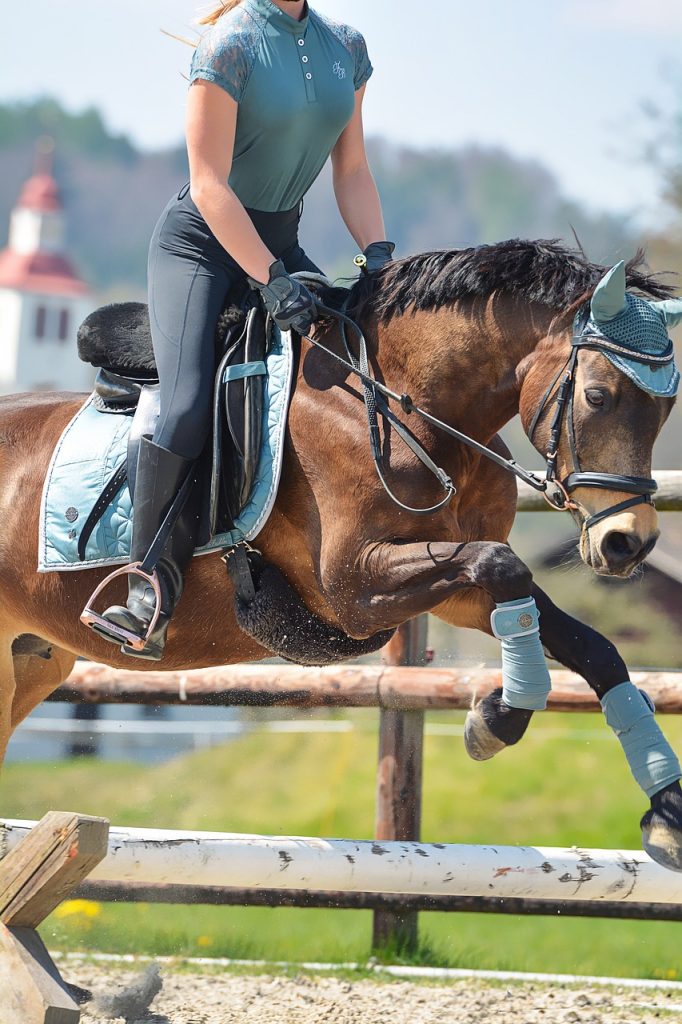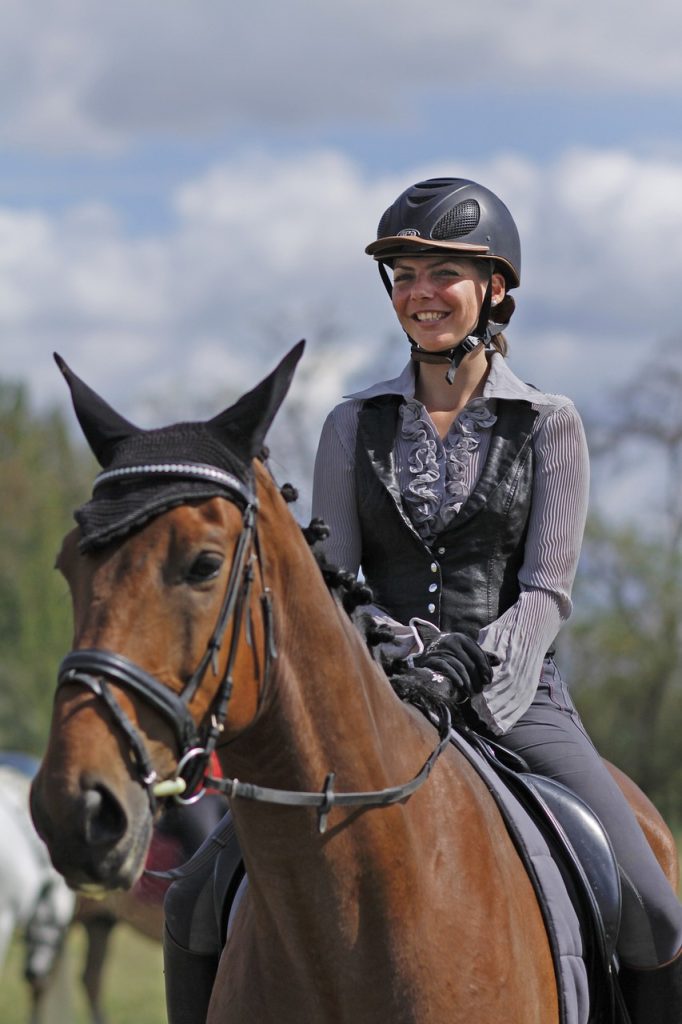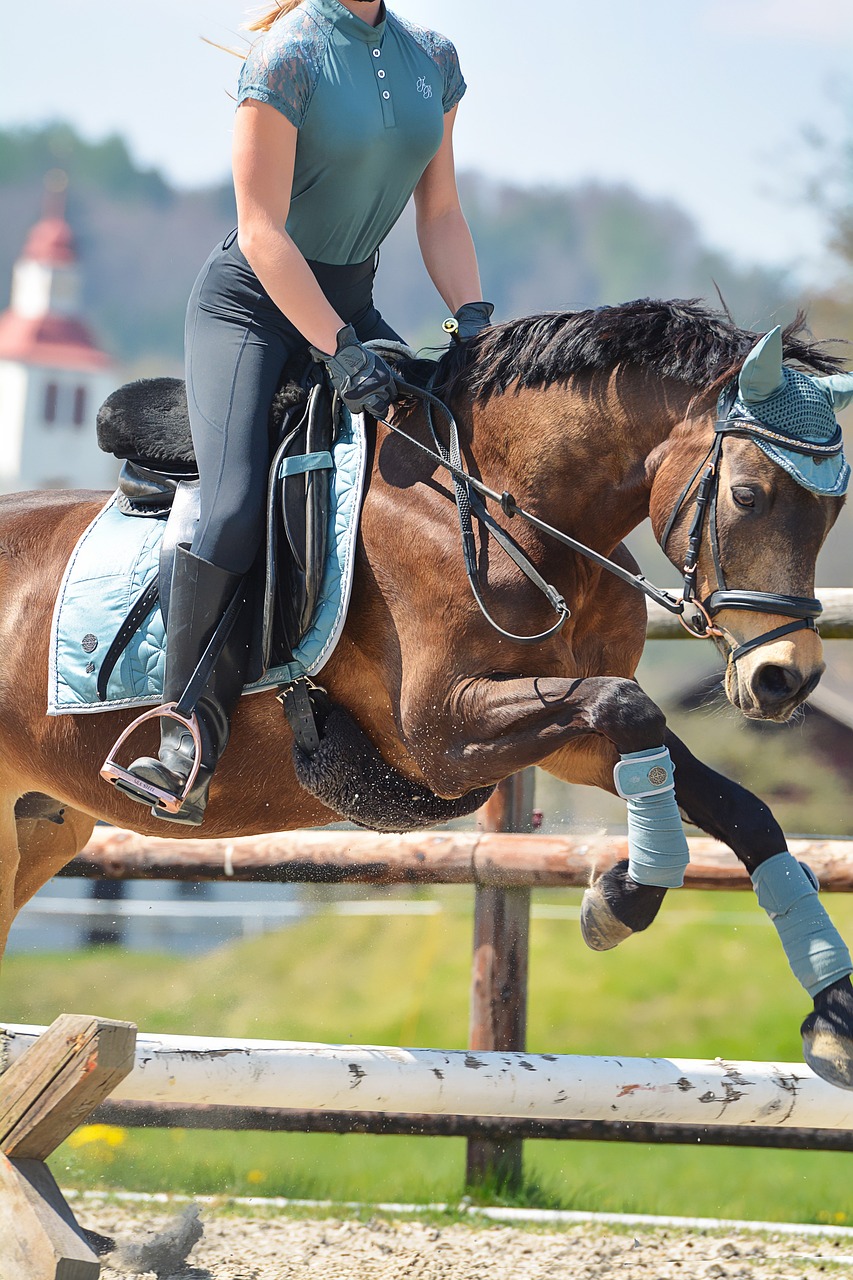Picture yourself mounted on a well-groomed horse, the reins in your hands, the wind streaming past your face. Wouldn’t it be empowering if you could guide this magnificent creature effortlessly, mastering subtle cues and commands? The “Mastering Fine-Tuned Horse Control” article explores this exciting world- blending knowledge and practice to show you, the passionate equestrian, how to seamlessly bond with your horse and perfect those riding techniques. Learn to comprehend your horse’s movements, its unique sounds, and body language while developing a deeper respect and affection for these sublime animals. Expect a transformative journey that enriches not only your equestrian skills but also your connection to these elegant beings.

This image is property of pixabay.com.
Understanding Horse Behavior
Understanding your horse’s behavior is crucial for effective horse handling and training. Their behavior often reflects their emotional state, which can give you an insight into your horse’s needs, fears, and wants. This is why it is essential to invest time in studying equine psychology and behavior.
Studying Horse Psychology
Studying horse psychology goes hand in hand with understanding horse behavior. When you delve into the mind of a horse, you comprehend why they behave the way they do. Knowing their social structure, unique communication methods, and the natural drive for survival makes it easier to predict their responses to different situations.
Identifying Common Horse Behaviors
Several common horse behaviors are essential to identify for effectively handling and training horses. Some behaviors, such as kicking, biting, bolting, or bucking, signify agitation or discomfort. Other behaviors, like gentle nosing or following you around, represent affection or curiosity. Recognizing these behaviors will help in ensuring your horse’s comfort and building a strong bond.
Interpreting Horse Body Language
A horse communicates largely through its body language. Ears pinned back, nostrils flaring, or a swishing tail usually means the horse is unhappy or anxious. On the other hand, a relaxed stance, soft eyes, and lowered head show contentment. Understanding these signals can alert you to your horse’s emotions, helping you adjust your behavior accordingly.
The Basics of Horse Handling
Proper horse handling is fundamental in every equine-human interaction. It ensures the safety of both the handler and the horse.
Applying Safe Approaching Techniques
Approaching a horse correctly is vital to ensure your safety and that of the horse. Ideally, you should approach horses from the front and speak softly to alert them of your presence. Walking straight towards a horse or approaching from behind can startle them, leading to potentially dangerous reactions.
Perfecting Leading and Haltering Skills
Haltering and leading a horse is a fundamental skill you need to master. A correctly fitted halter and lead rope are essential tools. Consistent signals and positive reinforcement will help make this a smooth and comfortable process for you and the horse.
Learning Proper Tying Methods
The correct method of tying your horse is important to prevent panic or injury. Essentially, the horse should be tied at chest height and with enough slack to move their head comfortably without becoming tangled.
Building a Strong Bond with Your Horse
Building a strong bond with your horse will make every interaction more rewarding and productive.
Benefits of Establishing Trust
Trust is the cornerstone of your relationship with your horse, affecting every aspect of control, communication, and care. A horse that trusts you will be more receptive to training and will generally be more cooperative.
Methods of Bonding with Your Horse
There are plenty of methods to strengthen your bond with your horse. Spending quality time, consistent grooming, and respectful handling are key. Kir groundwork, like lunging or round-pen work, can also improve your bond.
Recognizing Positive Responses from the Horse
Positive responses from your horse indicate trust and happiness. Such signs include relaxed body language, a willingness to follow your lead and a calm demeanor when handled. Recognizing these signs can reassure you that your efforts are having a positive impact.
Horse Groundwork Techniques
Groundwork exercises are crucial in establishing respect and improving communication with your horse.
Establishing Respect through Groundwork
Groundwork helps establish respect between you and your horse. By enforcing boundaries and requiring disciplined responses from your horse, you convey your leadership, which horses naturally respond to.
Teaching Fundamental Groundwork Exercises
Lunging, leading, yielding to pressure, and establishing go and whoa cues are foundational groundwork exercises. Be consistent and patient when teaching these exercises to ensure they become a part of your horse’s ingrained responses.
Understanding the Importance of Consistency
Consistency is the key to horse training. Just like us, horses learn through repetition and consistency, which helps them understand what is expected. Consistent cues, consistent boundaries, and consistent consequences make the learning process clearer for your horse.

This image is property of pixabay.com.
Mastering Rein Aids
Rein aids are an integral part of fine-tuned horse control. Using rein aids efficiently can communicate your commands to the horse.
Developing an Effective Rein Hold
Developing an effective rein hold requires learning the correct grip and maintaining proper rein length at all times. This ensures clear communication of your commands without causing discomfort or confusion for the horse.
Different Types of Rein Signals
There are different types of rein signals, such as the turning rein, the direct rein, the indirect rein, and the supporting rein. Each is used for different commands and maneuvers. Understanding when and how to use each one is crucial for effective communication.
Precision and Timing in Applying Rein Aids
Accuracy and timing in rein commands give the horse clear cues. You need to apply the correct amount of pressure at the right time to avoid confusing or frustrating your horse.
Improved Seat and Leg Aids
Seat and leg aids are also significant aspects of controlling your horse. Understanding their application and coordination can facilitate smooth communication.
Proper Riding Posture
A correct riding posture not only ensures your comfort and balance but also communicates with the horse. Maintaining this posture is key to giving correct cues and receiving feedback from the horse.
Importance of Leg Aids in Guiding Horse
Leg aids are more than just kicking to make a horse move. Applying different pressures with your leg in different positions can guide your horse’s speed, movement, and direction.
Coordination of Seat and Leg Aids for Smooth Control
Coordinating your seat and leg aids provides a seamless way to communicate complex commands. For example, leaning forward slightly (seat aid) while applying pressure with your legs can indicate a desire to move forward.

This image is property of pixabay.com.
Introducing Advanced Commands
As your horse becomes more comfortable with basic cues, you can start introducing advanced commands.
Teaching Lateral and Vertical Flexion
Flexions teach your horse to yield to the bit, improving control and suppleness. These exercises are vital for advanced maneuvers.
Practicing Advanced Transitions
Transitions between gaits and within gaits can teach your horse responsiveness and balance. Practice and consistency are again crucial here.
Overcoming Challenges in Command Execution
Training will inevitably meet with challenges. Maybe your horse struggles with a particular rein aid or responds poorly to certain situations. Patience, consistency, and positive reinforcement will help you and your horse overcome these hurdles.
Riding in Different Settings
Riding in a variety of settings prepares your horse for different scenarios,increasing its confidence, adaptability, and trust in you.
Adapting to Changing Terrain
Riding across changing terrains like slopes, sand, or water teaches your horse to adapt to different footing and different levels of physical demand.
Training for Traffic and Noise
Introducing your horse to traffic and noise gradually can help build tolerance and decrease fear responses.
Preparing for Unforeseen Circumstances Handle
Training your horse how to cope in unexpected situations will reinforce their trust in you and improve their ability to stay calm during potentially distressing occurrences.
Assessing Horse Response to Training
Part of successful training involves assessing your horse’s responses and making adjustments accordingly.
Understanding Horse Feedback
Listen to your horse’s feedback, both physically and behaviorally. Observe body language, gait, and attitude to understand if your training methods are effective or if they need to be adjusted.
Making Adjustments Based on Response
If your horse shows negative signs, such as tension, fear, or confusion, consider adjusting your training methods. Sometimes, a different approach or adjusting the pace of training can make a major difference.
Dealing with Resistance and Fear Responses
Dealing with resistance or fear requires patience, understanding, and often, a return to fundamentals. Consistent positive experiences can help your horse overcome fear, while gentle, firm responses can discourage resistance.
Maintaining Horse’s Physical and Mental well-being
Last, but certainly not least, the welfare of your horse, both physically and mentally, needs to be a priority.
Balancing Work and Rest Cycles
Horses, like people, need a balance of work and rest to maintain their health and happiness. Allowing ample downtime and offering a variety of enjoyable activities can help keep your horse engaged and relaxed.
Addressing Physical and Emotional Stress
Regular massage, chiropractic care, or other therapies can help address physical stress. Understanding your horse’s mentality and needs can alleviate emotional stress. If your horse displays chronic signs of physical or emotional stress, consider seeking professional advice.
The Role of Regular Vet Check-ups in Horses
Regular vet check-ups are vital to ensure your horse’s health. This allows early detection of potential health issues, and regular vaccinations also ensure your horse’s long-term well-being.
In conclusion, mastering fine-tuned horse control is a journey of love, patience, understanding, and consistency. Every horse is unique, and so, be prepared to adjust your methods as needed. Remember, the ultimate goal is a happy, healthy horse and a strong equine-human bond.
